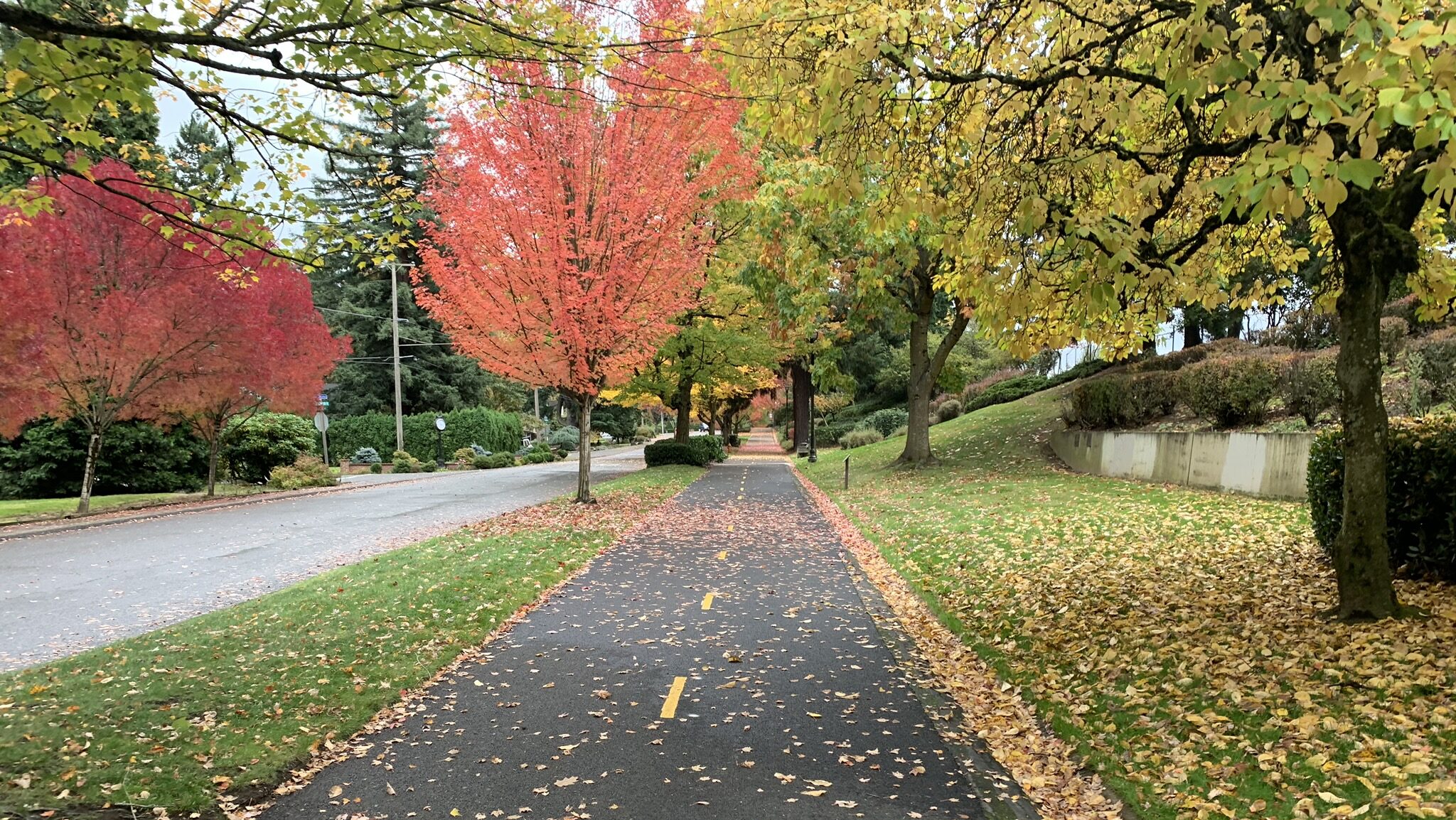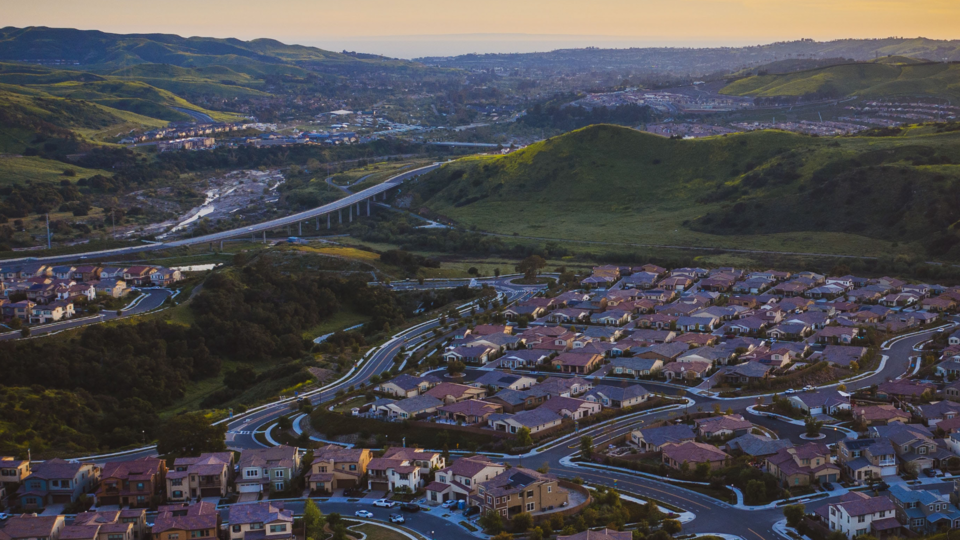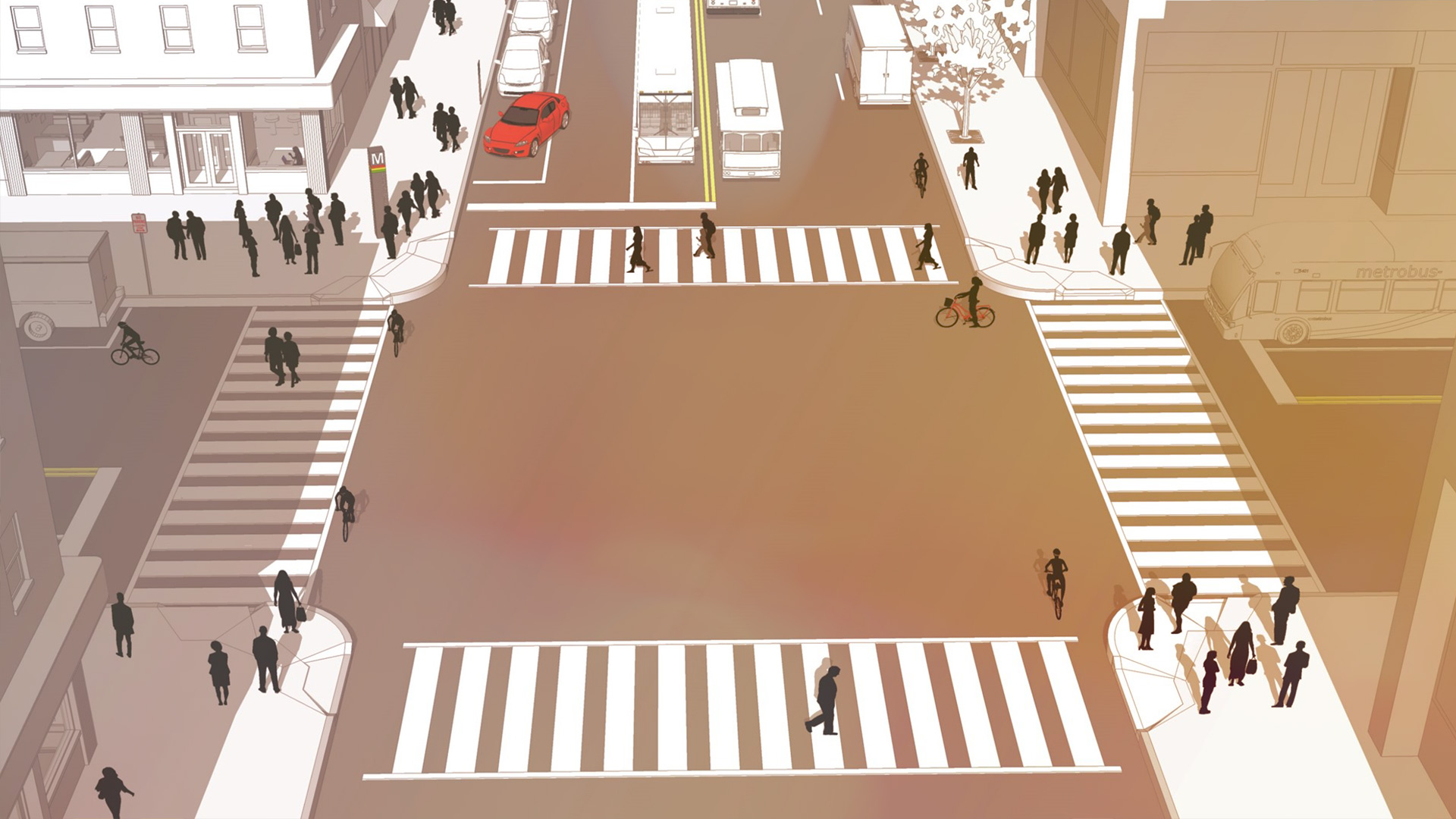Challenge
Once a primary east-west route through the nation’s capital, Independence Avenue SW has long served as a key connector between federal institutions, cultural landmarks, and residential neighborhoods. Yet despite its central location, the corridor has faced growing challenges. It remains heavily dominated by vehicle traffic, with limited space for people walking, biking, or using transit. As nearby areas like the National Mall and the Southwest Waterfront have transformed into more accessible and active destinations, Independence Avenue has languished.
Fragmented land uses, disconnected public spaces, and aging infrastructure contribute to a corridor that no longer reflects the needs of its surrounding community. Coordinating change has proven complex, given the mix of federal, local, and private property owners involved. Recognizing these challenges, partners sought a coordinated planning effort that could unite multiple stakeholders around a shared vision for a safer and more connected civic corridor.
Solution
Kittelson supported the development of the Independence Avenue SW Design Study by creating a flexible and multimodal framework to guide future improvements. The team worked with a wide range of federal and local partners to envision design alternatives that enhance access for all users while maintaining the avenue’s historic and civic character. The resulting framework introduces three design concepts that prioritize pedestrian and bicycle safety, improve transit operations, and modernize curbside management. The framework also identifies opportunities to expand green and civic spaces, integrate new crosswalks, and better connect to nearby cultural and governmental sites. Designed to be adaptable, the plan allows for phased implementation that can respond to future redevelopment and changing mobility needs.
The Outcome
Reimagining Independence Avenue SW for People, Places, and Connectivity
The study provides a clear and actionable path forward for the planning commission. The framework aligns diverse stakeholders around shared transportation, cultural, and civic goals. It offers a set of coordinated design strategies that can evolve alongside the City’s broader vision for accessibility and public space. By focusing on safety, connectivity, and quality of experience, the study lays the foundation for a corridor that will one day better serve residents, workers, and visitors, while strengthening the link between Washington, D.C.’s historic core and its growing waterfront community.



